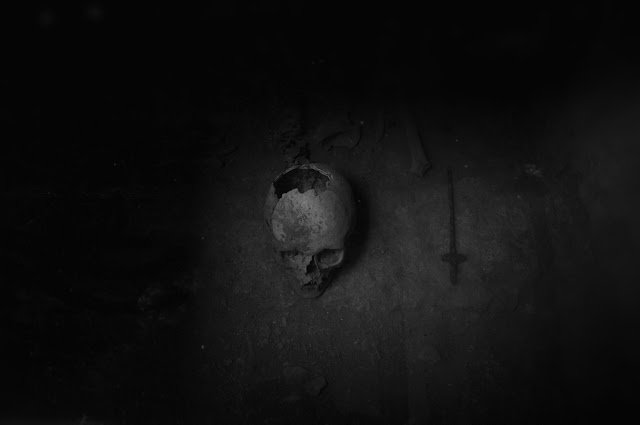The origins of the first inhabitants on the island of Sumatra
Starting from a simple question, "Who are the first residents in Bengkulu?
Until now, this question is still a mystery and a puzzle, the research carried out still faces many obstacles such as the difficulty of the research field and the lack of clues, this makes it difficult to uncover the puzzle.
However, taking into account the geographic location of the Indonesian earth which is located between continents and in the middle of the world, as well as the results of the research and excavations that have been carried out in Indonesia, are of course very helpful and provide clues about the events and historical relationships of Bengkulu in the Prehistoric era.
In the excavations and investigations carried out by historical experts in the past, it has proven to us that there are many fossils and artifacts buried in the earth along the regional routes of South China, Indonesia, Malacca Sumatra, and Java Island as well as the Chinese regional route, the Formusa islands. , Philippines, Sulawesi, and Papua. This route describes the current development of human movement and culture, especially in Southeast Asia.
The island of Java was found in the skeleton of the first human species, such as the findings of Pithecantrhropus Erectus in 1960 by E. Dubois near Trinil, in the Bengawan Solo valley, and between 1936-1941, also in the Bengawang Solo valley where Homo Mojokerto-sis and Meganthropus were found Palaeojavanicus and Homo Soloensis by Von Koeningswald, so there is also a possibility that on the island of Sumatra, especially in the Bengkulu area, it may have been inhabited by the same type of humans or also older than the human species that have been found.
In the Mosolitiekum era, in their former residence consisting of cliffs (Kjokkenmoddinger) and caves, many cultural remains, and fossils of humans and animals were found. Kjokken moddinger comes from the Danish language "Kjokken = kitchen; moddinger = trash" which means kitchen trash found along the coast of Northeast Sumatra between the Bangka and Medan islands, possibly all from food scraps that it has collected from the sea over the years, so it becomes a rock hill.
These marks have shown that humans have lived permanently. With this conclusion, can we also say that this type of human being was the oldest human being the first inhabitants of the island of Sumatra or the ancestors of the present Sumatran population, but all this remains a dark puzzle.
In the Neolithic era experts found evidence that they had investigated very thoroughly, the well-known prehistoric experts on the origin of the ancestors of the Indonesian nation, Von Heine Gelderm have conducted research on the square ax, based on the tenure and distribution of the square ax, experts agree. that the base of the square ax culture lies in the upper reaches of the great rivers of Southeast Asia, from the Yunan area of South China, the culture spreads downstream of the river valley which ends in the Tonkin area, in this area the, supporters of that culture live, work on agriculture and livestock, and they When they started to know the ocean, they developed skill in making boats and being able to navigate the seas so that people in the Neolithic era spread with this square ax culture to the Malacca peninsula, Sumatra, Java, Bali and so on to the East.
That's all and thank you, hope it's useful. (quoted from various sources)

